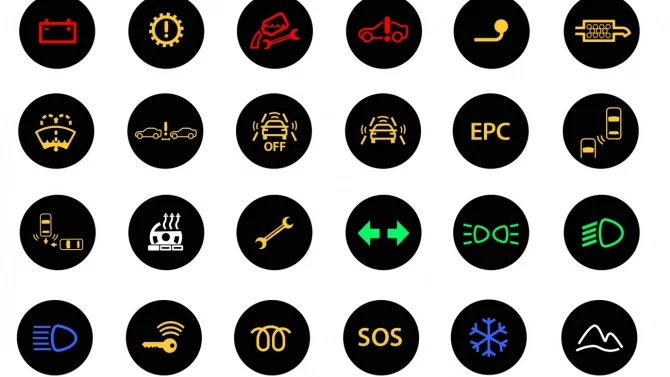...currencies stable en route to the euro, according to new research published by the European Central Bank.
The paper found the Czech Republic, Hungary, Poland and Slovakia -- which have attracted robust investment inflows and watched their exchange rates firm strongly -- might face high inflation and a "policy challenge" if they rush to adopt the euro prematurely.
"Countries with projected real appreciation will be in conflict in jointly fulfilling the exchange rate and inflation stability criteria," Czech central bank (CNB) economists Jan Bruha and Jiri Podpiera said in a study conducted partly during a research fellowship at the ECB.
On the other hand, the study said euro adoption was likely to be relatively smooth for economies with low inward direct investment and a stable exchange rate, such as Slovenia, which became the 13th euro zone member this year.
The paper's findings seemed to back up criticism of euro entry rules by central European policymakers, who say the strict demands mark too tight a straitjacket for their fast-growing economies witnessing a fast pace of real exchange rate firming.
Apart from sustaining price and currency stability, new EU member states must obey strict rules for public deficit and debt as well as long-term borrowing costs to gain euro zone entry.
CNB Governor Zdenek Tuma has said the rules were designed for a smaller EU when many currencies were effectively pegged to Germany's mark, and has particularly pressed for a revision of the strict tests for inflation and currency stability.
He and other central European policymakers think membership of the ERM-2, where countries must keep their currencies stable against the euro, makes no sense for their inflation-targeting central banks, giving them another target to add to their inflation goals.
But ECB and EU Commission officials have been adamant that new members must meet the same criteria as the early entrants.
The paper said the four central European economies might not meet the inflation and exchange rate demands at the same time until about 2025 if their currencies hold flat in nominal terms.
In reality though, it added, nominal currency firming would be needed to help a euro hopeful cap inflation while in ERM-2, compensating for some of the real exchange rate pressures that stem from economic convergence with the core euro zone countries.
"Thus, the apparent incompatibility of the two criteria when this type of convergence occurs could be alleviated in practice to some extent," said the study.
"However, after the single currency adoption this would lead to a persistent inflation differential vis-a-vis other (euro zone) countries, which might represent a policy challenge for the single currency area as well as for the country in question."
Slovakia has already struggled to contain inflation and ward off potentially export-crippling currency strength since becoming the first regional country to enter ERM-2 in late 2005.
The Slovak crown's peg to the euro was revalued by 8.5 percent last month.
* For a full copy of the ECB working paper, which does not necessarily reflect the views of the ECB or the CNB, double click on: http://www.ecb.int/pub/pdf/scpwps/ecbwp740.pdf




 Brzdná dráha delší až o deset metrů. Hlavně levné pneumatiky z východní Asie jsou pro řidiče rizikové
Brzdná dráha delší až o deset metrů. Hlavně levné pneumatiky z východní Asie jsou pro řidiče rizikové
 Test Renault Symbioz: S novým hybridem jezdí svižně a se spotřebou legendárního té-dé-íčka
Test Renault Symbioz: S novým hybridem jezdí svižně a se spotřebou legendárního té-dé-íčka
 Kdo nezvládne tento kvíz za plný počet, ten si dost možná auto zničí. Kontrolky jsou totiž základem komunikace mezi autem a řidičem
Kdo nezvládne tento kvíz za plný počet, ten si dost možná auto zničí. Kontrolky jsou totiž základem komunikace mezi autem a řidičem
 Nákup ojetiny jako rizikový podnik. Každá druhá ojetina ihned potřebuje nečekanou opravu za mnoho tisíc
Nákup ojetiny jako rizikový podnik. Každá druhá ojetina ihned potřebuje nečekanou opravu za mnoho tisíc
 Na český trh vstoupil další elektromobil, který má ambice nahradit Golf nebo Octavii. EV4 ujede přes 600 km a stojí pod milion
Na český trh vstoupil další elektromobil, který má ambice nahradit Golf nebo Octavii. EV4 ujede přes 600 km a stojí pod milion
